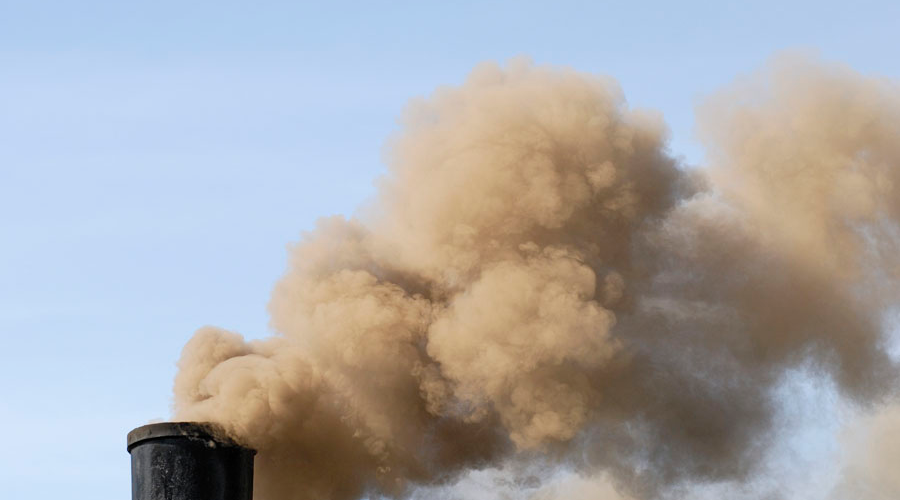Texas to reduce ozone-creating emissions for Greater Houston Area

The EPA has approved changes to the State of Texas’ clean-air plan for improving storage tank regulations and demonstrating reasonably available control technology for emissions that contribute to the formation of ozone. The agency said the changes will help the Houston-Galveston-Brazoria area move toward better air quality and attainment of the 2008 ozone standard.
“The state of Texas has shown its commitment to reducing ozone in the greater Houston area,” said Acting Regional Administrator David Gray. “Improving air quality will benefit communities and families while the region continues to thrive economically.”
In 2016, EPA reclassified the Houston-Galveston-Brazoria (HGB) area from a Marginal to a Moderate nonattainment classification for the 2008 ozone standard. With this action, EPA approves the state of Texas’ modification of regulations on emissions of volatile organic compounds, or VOCs, from storage tanks. EPA determined these improved regulations work with the state’s existing VOC and nitrogen oxide (NOx) regulations to meet Clean Air Act requirements for reasonably available control technology and improve air quality. VOCs and NOx react in the presence of sunlight to form ground-level ozone pollution that contributes to harmful air quality.
Background:
Excess ozone in the air we breathe can harm our health. People most at risk from breathing air containing harmful levels of ozone include people with asthma, children, older adults, and people who are active outdoors, especially outdoor workers. Breathing harmful levels of ozone can trigger a variety of health problems including chest pain, coughing, throat irritation, and airway inflammation. It also can reduce lung function and harm lung tissue. Harmful levels of ozone can worsen bronchitis, emphysema, and asthma, leading to increased medical care. EPA’s national and regional rules to reduce emissions of pollutants that form ground-level ozone will help state and local governments meet the national ambient air quality standards.
Looking for a reprint of this article?
From high-res PDFs to custom plaques, order your copy today!







